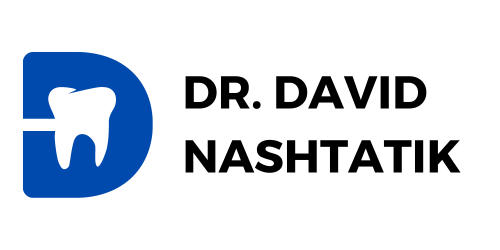Gum Treatment (Periodontal Treatment)
Periodontal treatment, or gum treatment, is designed to treat conditions affecting the gums, primarily gingivitis and periodontitis, both of which fall under the broader term “gum disease”. These conditions are indeed the leading causes of gum treatment, as they can cause significant oral health problems if left untreated.
Gingivitis is the earliest stage of gum disease. It is caused by plaque buildup around the gum line due to inadequate oral hygiene. Symptoms of gingivitis include red, swollen, and bleeding gums. Gingivitis is reversible with proper oral hygiene practices and professional dental cleanings.
If gingivitis isn’t treated, it can progress to periodontitis, a more severe form of gum disease. Periodontitis involves inflammation and infection that spread to the ligaments and bone that support the teeth, leading to potential tooth loss. Symptoms may include consistently bad breath, loose teeth, receding gums, and the formation of deep pockets between teeth and gums.
Periodontal treatment aims to control the infection and restore the health of the gums. The number and types of treatment will vary, depending on the extent of the gum disease.
FAQ
1. What is periodontal treatment?
Periodontal treatment, also known as gum treatment, involves procedures designed to treat conditions affecting the gums, primarily gingivitis and periodontitis. The goal of the treatment is to control the infection and restore the health of your gums.
2. What causes the need for periodontal treatment?
The leading causes for periodontal treatment are gingivitis and periodontitis, which are types of gum disease. These conditions are primarily caused by plaque and tartar buildup due to poor oral hygiene.
3. What is the difference between gingivitis and periodontitis?
Gingivitis is the earliest stage of gum disease and is characterized by red, swollen, and bleeding gums. If left untreated, gingivitis can progress to periodontitis, a more severe form of gum disease. Periodontitis can lead to tooth loss due to the destruction of the tissue and bone that support the teeth.
4. What are the treatment methods for periodontal disease?
Periodontal treatment methods vary depending on the extent of the gum disease. They can include professional dental cleaning, scaling and root planing, medications, surgical treatments, and lifestyle changes like improving oral hygiene practices and diet.
5. What is scaling and root planing?
Scaling and root planing is a deep-cleaning method used in periodontal treatment. Scaling involves removing tartar from above and below the gum line, while root planing involves smoothing rough spots on the tooth root to provide a clean surface for the gums to reattach to the teeth.
6. Are there surgical treatments for periodontitis?
Yes, in cases of advanced periodontitis, surgical treatments may be necessary. This can include flap surgery, which reduces the pocket size between the teeth and gums, or bone and tissue grafts to help regenerate any bone or gum tissue lost to periodontitis.
7. How can I prevent gum disease?
Preventing gum disease involves maintaining good oral hygiene, including regular brushing and flossing, regular professional dental cleanings, a healthy diet, and avoiding tobacco products. If you have any signs of gum disease, it’s important to seek dental care as soon as possible.
Unlock your perfect smile
Address
2006 Avenue M Brooklyn, NY 11210
Hours
Monday to Tuesday – 9:30 am – 6 pm
Thursday to Friday – 9:30 am – 6 pm
Saturday – 9 am – 2 pm
Wednesday, Sunday – Closed
